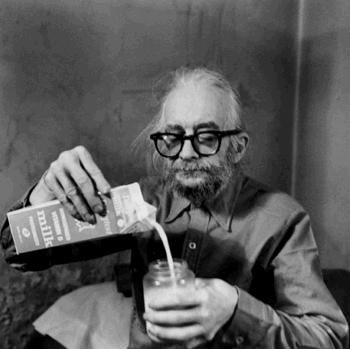“Is all that we see or seem
But a dream within a dream?” - Edgar Allan Poe excerpt from “A Dream Within A Dream”
But a dream within a dream?” - Edgar Allan Poe excerpt from “A Dream Within A Dream”
While scientists may believe that we can
use past data and the mathematical principle of Moore's law to
discern an approximate view of the future, I am wary of their
methods. From what I have seen in my studies and my own personal
experiences, it is fiction, not fact, that has dictated the course of
human existence. Imaginative innovators and literary geniuses, like
H.G. Wells and Philip K. Dick have more accurately predicted the
future than most scientists of the 20th Century. The
future will only go as far as our imaginations will take us. In a sense, humans manifest their own destinies through the prioritization of the thoughts and actions that are most important to them at the time. This determines what progress is made in the decades to come.
Literature has often inspired and motivated the great inventions of
human history. Without the creative prowess to envision alternative
solutions, the human race would not exist. We need only give merit to
our most imaginative thoughts and aspirations to make dreams become
reality. Jules Verne foresaw our journey to the moon, decades before
the technology to do so even became possible. Robert Heinlein also
anticipated the terraforming of Mars, a project that is becoming more
and more likely thanks to the help of billionaire Elon Musk, who was
influenced by such literature. Not only within the realm of science
fiction, but also philosophical and socially-oriented authors have
determined and affected the ideologies and literary themes that would
alter human behavior and thought in the subsequent decades. Romantic
poets would help to spur the Imperialism and national fervor that
would lead to global war. Philosophers such as Nietzsche would write
about an idealistic fallout that would occur years after his death.
Logical behavior and rational thinking will only take humanity so
far. If the human race were entirely rational, we would look only
toward surviving the future, as opposed to enjoying the wonders that
the future will hold.
